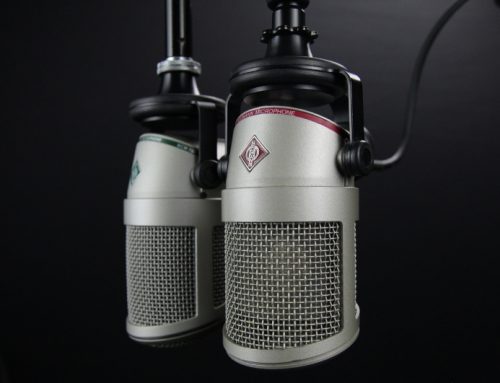Readers of our June Newsletter were surprised at a District Court decision which awarded a prisoner over $80,000 for slipping on a “quite inconspicuous” quantity of water. The finding that a prison had a duty to periodically inspect a prisoner’s kitchen for a hazard which the Court found to be so difficult to see, almost made us wonder whether it would ever be possible to defend a slip and fall case. However, a unanimous common sense judgment by the Court of Appeal has maintained faith.
Kevin Nudd v State of Queensland
Facts
The trial Judge accepted a 9 year old, “internally inconsistent” account from the Plaintiff that he slipped due to a “small quantity of water” on the floor and fractured his right femur.
In analysing the evidence led at trial, the Court of Appeal found that neither of the two employees of the prison who gave evidence saw the water before the incident or when they attended to the Plaintiff afterwards. Further, that if anyone saw the water, it was only the Plaintiff who had inconsistently described the water as a “fine spray” and a “tiny little puddle”. Importantly, the Court of Appeal found that if the Plaintiff did see the water, it was only “from his peculiar vantage point on the floor”.
Crucial to the trial judge’s finding in the Plaintiff’s favour was that the prison had an obligation to conduct periodic inspections every two hours and that such inspections would have identified the “quite inconspicuous” hazard.
The Appeal
The appeal proceeded on the narrow basis that the Plaintiff had not established that any breach of the “postulated”system of two hourly inspections caused the incident. This brought into play the reasoning of the High Court in the recent decision of Strong v Woolworths which was another slip and fall case where it was not known how long the hazard had been in place.
Firstly, the State argued that due to the effect of evaporation in the mid-summer heat, it would not be possible for the hazard to have remained for two hours before the incident. Although the Court found that argument may have a sound theoretical basis, it was rejected on the basis that no evidence was lead on the issue at trial.
The State’s second argument was that given the unanimous evidence that the hazard was “a small quantity”, “quite inconspicuous” and “not particularly conspicuous” even the “postulated” system of two hourly inspections would not have located the hazard.
The Decision
The Court unanimously upheld the State’s appeal and determined that the District Court’s approach “was unduly liberal” to the Plaintiff and set “an inappropriate precedent”.
In reaching this decision, the Court found that the evidence was “opposed to an inference, and no other evidence accepted by the primary judge” was capable of justifying the inference that the inconspicuous water could have been detected upon a reasonable system of inspection.
Implications
It is perhaps disappointing that the grounds of appeal were so narrow. For instance, this case may well have been a good vehicle to argue that reasonable care did not require a system of systematic inspections at all and that no more was required than the presence of staff and reliance upon prisoners to show care for their own safety. Systematic inspection is onerous, probably not all that effective, and in most industries impractical to implement. One also wonders about the reasonableness of awarding in excess of $40,000.00 economic loss to a prisoner with a full-time release date of 2024.
However, the decision shows that decisions out of left field will be overturned if they vary significantly enough from community standards. It is also a warning to Plaintiff lawyers that although they may at times get lucky with “exotic” cases such as this at trial, such luck rarely persists to appeal level.
Enjoyed this article? Read more News + Insights from BTLawyers.





